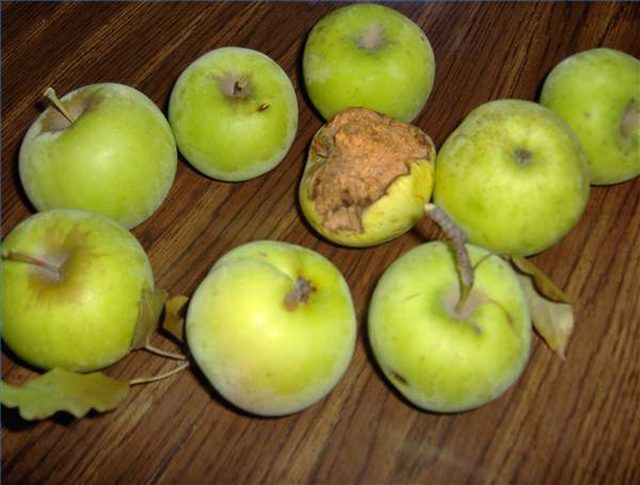Bulbs
Flower Basics
Flower Beds & Specialty Gardens
Flower Garden
Garden Furniture
Garden Gnomes
Garden Seeds
Garden Sheds
Garden Statues
Garden Tools & Supplies
Gardening Basics
Green & Organic
Groundcovers & Vines
Growing Annuals
Growing Basil
Growing Beans
Growing Berries
Growing Blueberries
Growing Cactus
Growing Corn
Growing Cotton
Growing Edibles
Growing Flowers
Growing Garlic
Growing Grapes
Growing Grass
Growing Herbs
Growing Jasmine
Growing Mint
Growing Mushrooms
Orchids
Growing Peanuts
Growing Perennials
Growing Plants
Growing Rosemary
Growing Roses
Growing Strawberries
Growing Sunflowers
Growing Thyme
Growing Tomatoes
Growing Tulips
Growing Vegetables
Herb Basics
Herb Garden
Indoor Growing
Landscaping Basics
Landscaping Patios
Landscaping Plants
Landscaping Shrubs
Landscaping Trees
Landscaping Walks & Pathways
Lawn Basics
Lawn Maintenance
Lawn Mowers
Lawn Ornaments
Lawn Planting
Lawn Tools
Outdoor Growing
Overall Landscape Planning
Pests, Weeds & Problems
Plant Basics
Rock Garden
Rose Garden
Shrubs
Soil
Specialty Gardens
Trees
Vegetable Garden
Yard Maintenance
Life Cycle of an Apple Tree
Life Cycle of an Apple Tree. The proverbial question of which came first, the chicken or the egg? can be applied to the apple as well. Which came first, the apple or the seed? It takes a seed to grow into an apple tree, which in turn produces the apple that has the seed inside. But no matter which came first, there are several years between the...

The proverbial question of which came first, the chicken or the egg? can be applied to the apple as well. Which came first, the apple or the seed? It takes a seed to grow into an apple tree, which in turn produces the apple that has the seed inside. But no matter which came first, there are several years between the lowly seed and the fruit-bearing tree.
The Seed
When you slice an apple open you will see five small compartments called carpels. Each holds one or two seeds. The number of seeds inside an apple depends on the health of the tree and pollination of the blossoms. If pollination does not occur, the apple does not set and will drop from the tree before ripening.
The Seed--Not The Best Choice
The seed from an apple will not necessarily grow into the identical tree and fruit as the apple that it came from. Like children in a family, each seed has its own identity, similar but not quite the same. The variations that can happen in apples are greater than in many other plants. The genetic makeup of any apple seed is so varied that if a seed matures into a fruit-bearing tree, it will likely produce sour apples.
A Better Method
To get a tree true to form, a graft is made. The purpose is to create a clone of a tree that will produce the desired fruit, identical to the original tree. A leaf bud section of the desired tree is inserted into an incision on a stock tree root stem. The lower portion will grow to be the trunk of the full-grown tree, while the grafted portion will become the fruit-bearing top.
Where To Plant
Planting the tree on higher ground will assure good drainage for the tree and avoid late spring frosts that often occur in low-lying areas. An apple tree requires a sunny location to grow to its full height and bear fruit. An apple tree is not a self-pollinator and will need another apple tree of a different species for pollination.
Care
After the tree has grown to sapling size (1 to 3 feet), which can take several years depending on growing conditions, it needs to be staked to help it grow straight and tall. As the sapling matures to full tree size, pruning may be necessary to obtain a good shape, allow for air circulation and to remove broken, rubbing or crossed branches. Three years may pass before it starts to grow fruit. A young tree with heavily bearing fruit will prosper better if some of the fruit is removed. Young branches often cannot bear the weight of multiple fruits. Removing some of the young fruit will save the branch and allow the remaining apples to grow into delicious specimens.